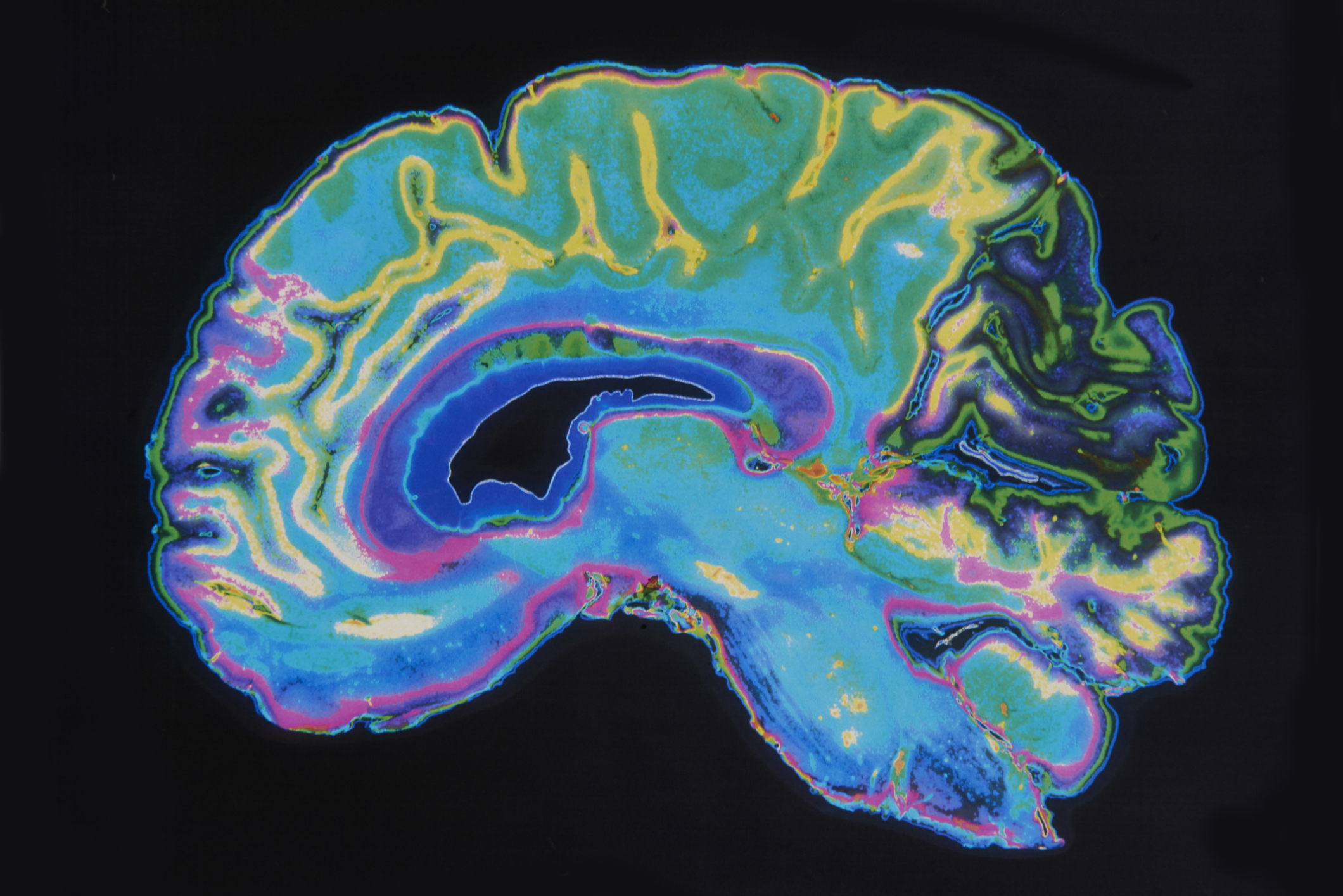

While most of us think of dementia as a single disease, the truth is there are multiple types of the condition, from vascular dementia to Alzheimer’s, each with its own unique challenges.
And possibly one of the worst is frontotemporal dementia, which can steal your ability to speak or understand language, leave you with motor problems like weakness and tremors and cause your behavior to change for the worse.
In fact, patients with this type of dementia can suffer from behavioral problems that are so severe that they have to be placed in nursing homes and at times, are even arrested.
But thanks to research from a team of scientists at Cedars-Sinai, real hope may finally be available to people with frontotemporal dementia — one that’s as simple as stopping a leak…
The fluid leak that leads to dementia
Specifically, the scientists focused on an often undiagnosed issue known as a cerebrospinal fluid (CSF) leak. CSF is the fluid that circulates around your brain and spinal cord, which helps to cushion them from injury.
However, if this fluid starts to leak into your body, your brain can begin to sag — a problem the researchers believed could be behind those frontotemporal lobe dementia symptoms.
This type of leak can be caused by a hole in the spinal cord or a CSF-venous fistula, which allows the fluid to leak into a vein.
To test their theory, and to discover whether treating any hidden CSF leaks, could help dementia patients, the scientist recruited 21 participants with both frontotemporal lobe dementia and brain sagging detected through MRI.
Using a specialized form of CT scan that allowed the team to observe a contrast medium in motion as it flowed through the cerebrospinal fluid, the researchers were able to pinpoint nine participants who suffered from one of those CSF-venous fistulas.
And sure enough, after each of those participants had those fistulas repaired, the brain sagging and dementia symptoms completely disappeared.
Yet, the scientists didn’t stop there.
To discover if there was a way to help the remaining 12 study participants, whose leaks could not be identified, the team treated them with therapies designed to relieve brain sagging, like implantable systems that help infuse the patient with CSF.
This allowed an additional three patients to achieve complete relief of their symptoms.
In other words, addressing CSF leaks resulted in 12 out of 21, or over 57 percent of these patients in the study, getting their lives back.
The CSF leak symptoms to look for
So how do you know if you or a loved one might have a CSF leak that’s driving dementia symptoms?
Here are the signs to be aware of:
- A history of severe headaches that improve when you lie down
- Feeling very tired even after you’ve gotten enough sleep
- A past diagnosis of a Chiari brain malformation — a condition in which brain tissue extends into the spinal canal — which can be misdiagnosed as brain sagging
If any of these symptoms are present, consider speaking to a neurosurgeon, who can help you access the specialized imaging necessary to detect a leak. Although this type of imaging isn’t widely available, certain hospital programs do specialize in caring for patients with CSF issues.
Sources:
New research detects potential hidden cause of dementia — EurekAlert!
